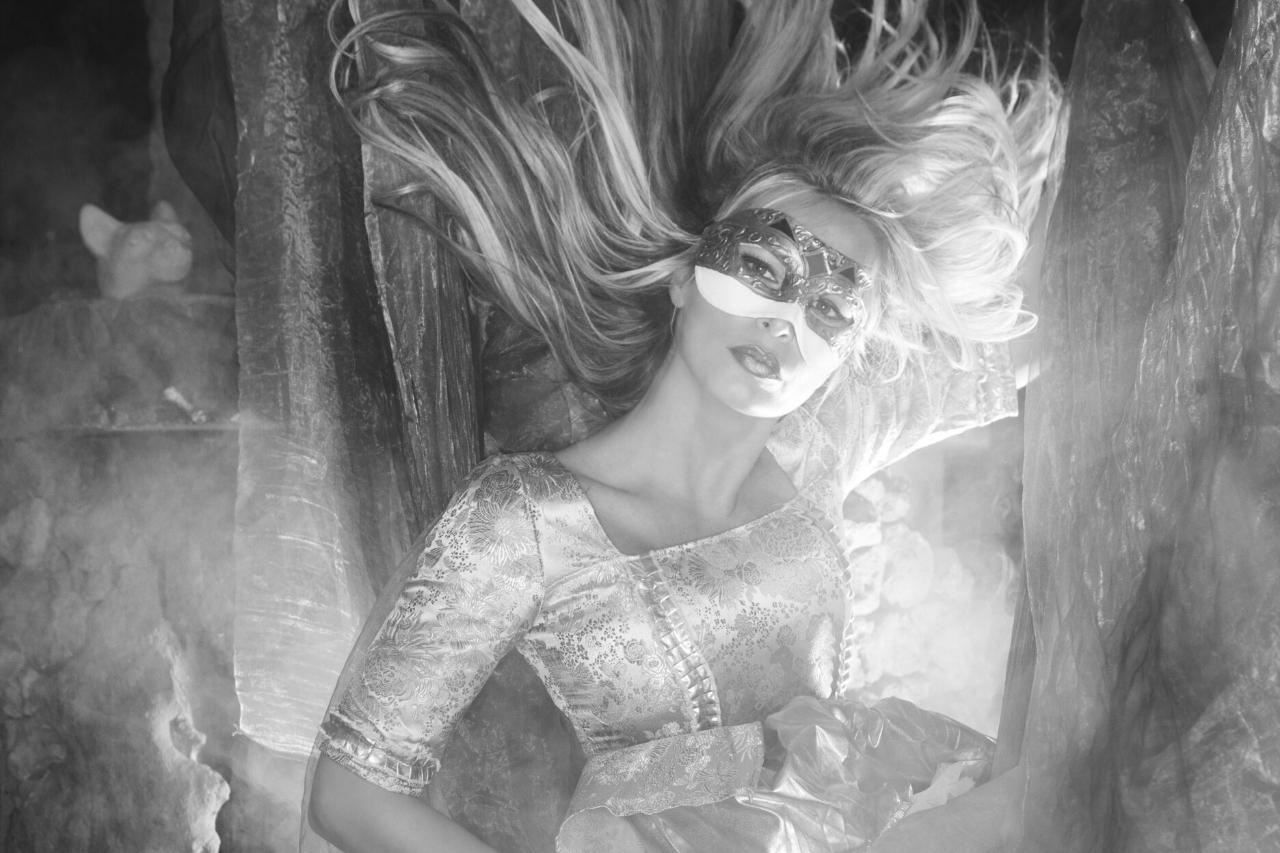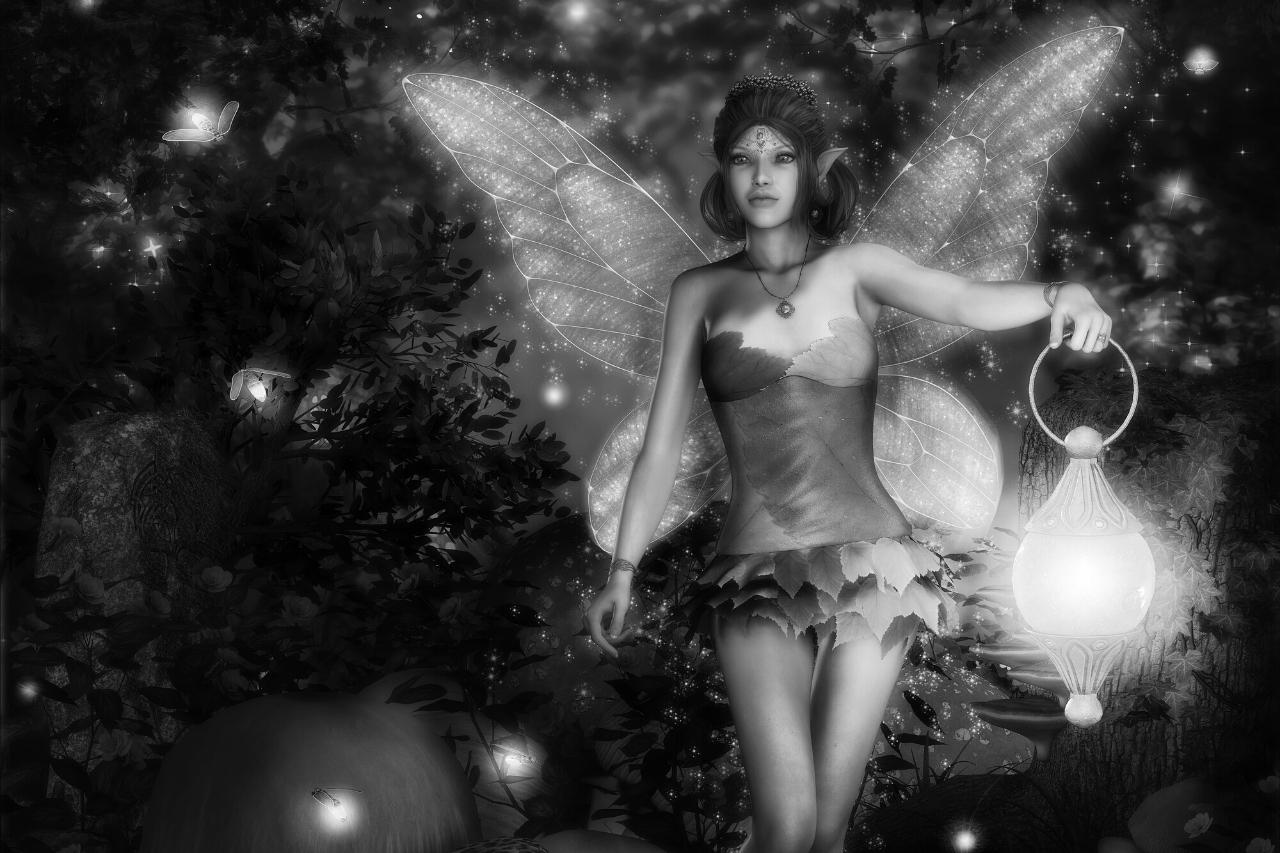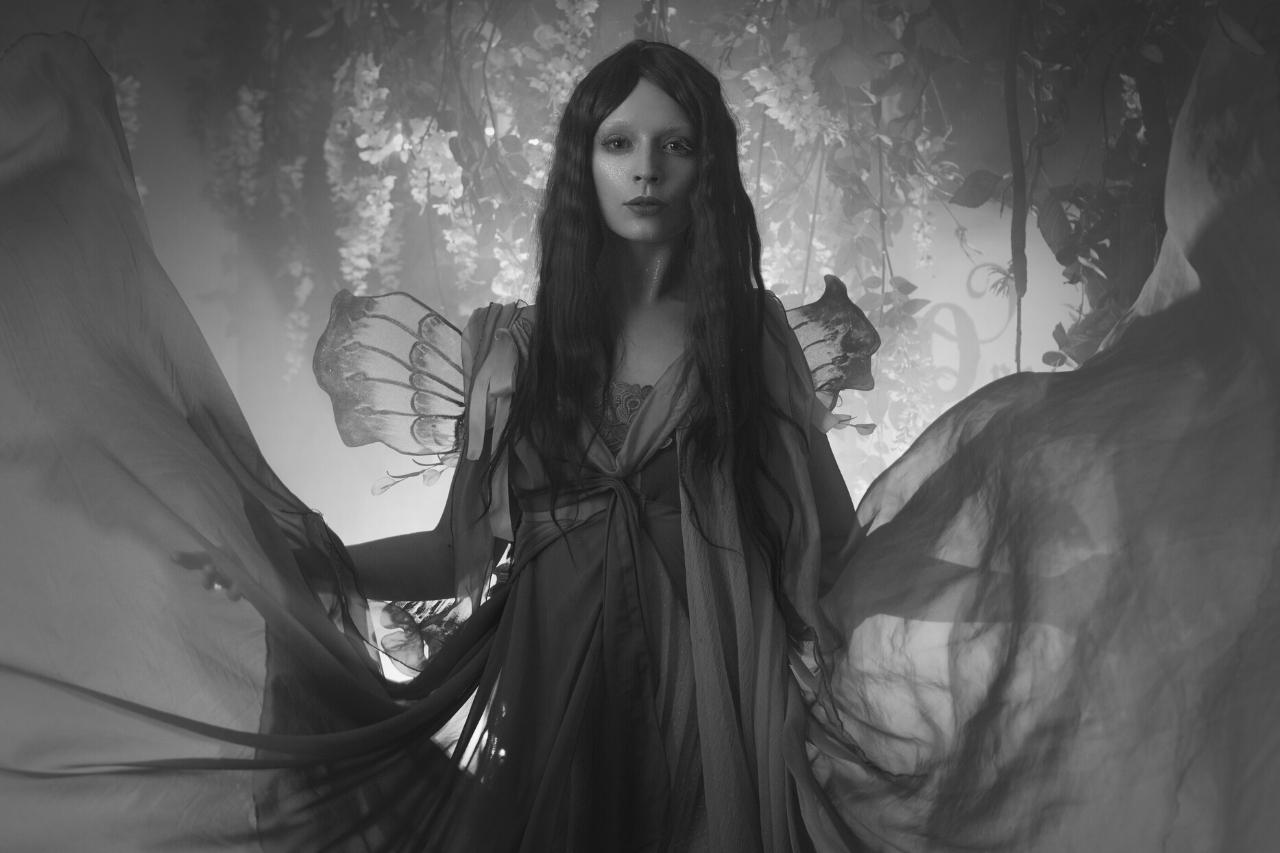How Tall Are Fairies? The Reasons Behind Increased Growth
Fairies are supernatural creatures that have the same height as humans. These semi-humanoids are world-famous for their abilities and charm. However, different cultures portray them differently.
Read ahead about the height difference of various fairy traits and fairy names based on their origin and abilities.
How Tall Are Fairies?
Fairies are about as tall as humans, they start growing from about one inch to eight inches maximum. This is true for the fairies portrayed in the movies today. These modern-day movies and fantasy novels depict fairies as the most beautiful and lovely creatures that are very helpful and caring.
However, note that their height was not always the case. In history, the fairy was a category containing all sorts of ferocious monsters that were sometimes very unkind towards the human race. This category included goblins, trolls, elves, and gnomes, due to the latter, there is a significant difference between the fairies of today and yesterday.
Therefore, if we talk about the fairies of the past, from medieval times, they were unpleasant to look at and not as tall as humans. On the other hand, the fairies of today are known to be a supernatural form of humans with a lot of powers and beauty.
The Posture of Fairies
According to European folklore, fairies appear to be supernatural, paranormal beings that live between humans, and the exact origin of their physical appearance has different perspectives due to different folklores. The most famous perception is that the fairies are angels who were demoted because they disobeyed the commands of their superiors, having an upright posture to how they stand.
Other folklores believe that fairies are actually the souls of their dead ones, and their features are mostly wicked and confident with posture. Whatever the truth is about their features, as in how they stand it is clear that they are not from our race and surely hold different and enhanced abilities which give confidence to their posture. These abilities include various magic tricks, flying, shape-shifting, and much more.
Around the world, people have been said to experience different forms of fairies, as some were good and others were pure evil. Additionally, we also know that all the fairies are not of the same size or with similar abilities.
Different Physical Description
The physical appearance of fairies varies drastically, depending on the area where the fairies are living and the folklore you are following.
Therefore, there are two major schools of thought here:
One is from ancient European folklore.
One from the modern portrayal of fairies.
If we follow European culture, we know that fairies were a collective term for many different creatures, including dwarfs, goblins, gnomes, elves, and many more. The sizes of each of these creatures varied and so did their characteristics: mostly the dwarfs, goblins, and gnomes were short in height, with broad shoulders and unpleasant facial features, whereas the elves were as tall as humans. As for the majestic and flying fairies, they ranged from two inches up to two to three feet tall.
However, according to the modern portrayal of fairies, they are the size and height of humans. They start from one-inch height and can grow up to eight inches, generally speaking, they are the same growth as humans. Some fairies may be taller than that, in the modern tales, but no evidence regarding it has been found.
FAQs
What are Human-Sized Fairies Called?
Human-sized fairies are called pixies or sprites. Different cultures have different names for them but mostly they are referred to simply as fairies.
How Long Can Fairies Live?
There is no specific age for the fairies to live. But different sources range their lives between 600 to 1500 years.
Do Fairies Eat?
According to Irish culture and folklore, fairies love to eat sweets and cakes.
Conclusion
There exist many different types and perspectives of fairies in the world today. These range from goblins, gnomes, elves, trolls and many more. Therefore, obviously not all sorts of fairies have the same height.
Here are some of the important facts to remember:
Fairies have varying physical features and characteristics because of their different origin and folklores.
Most fairies start to grow from one inch to almost eight inches. Since the origin of all sorts of fairies is very debatable, the exact measurements can not be agreed upon.
Fairies like gnomes, goblins and trolls are short heighted and have unpleasant facial features. Whereas the elves are as tall as humans and are very sophisticated.
Some fairies that can fly may be very small in size and height.
Here was everything that you need to know about how tall the fairies can be.










